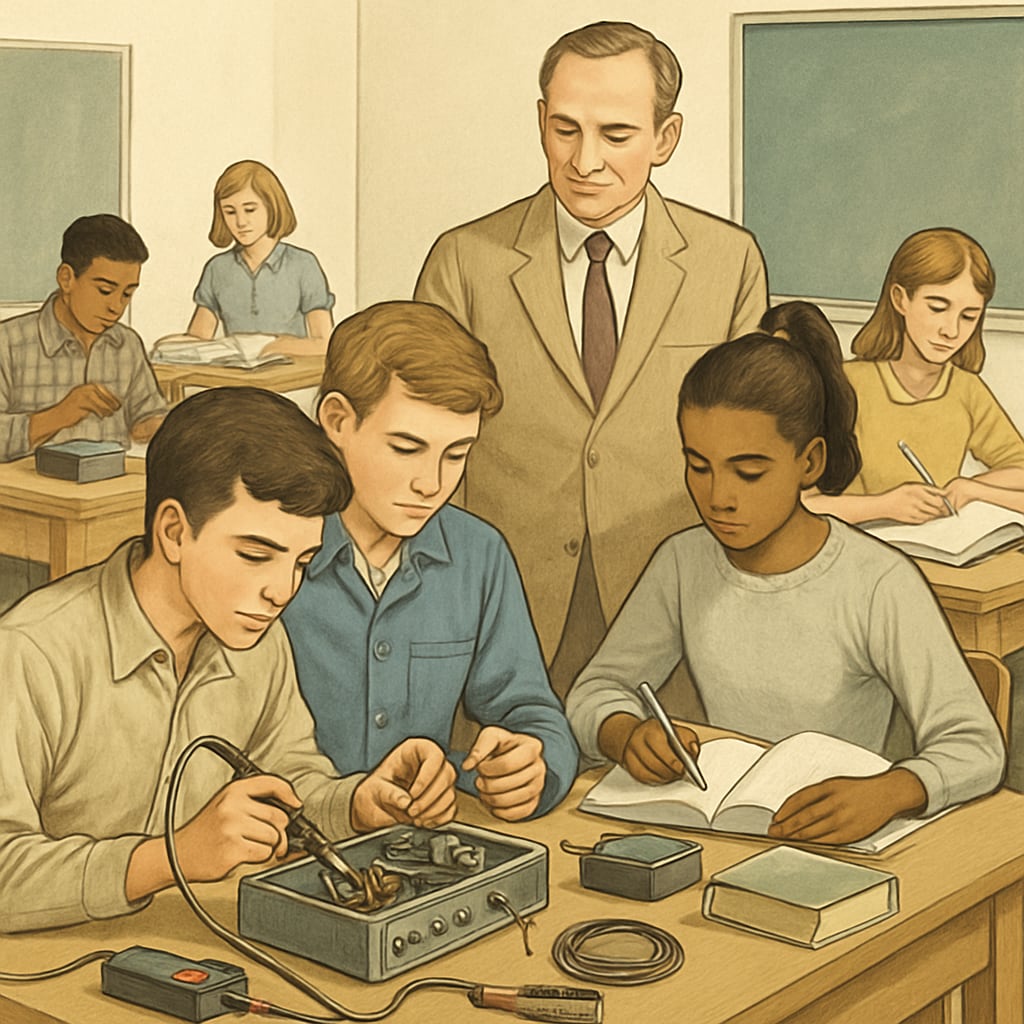Balancing vocational education, school district structures, and traditional academic curricula is a growing priority in K-12 education. With evolving workforce demands, integrating vocational programs while maintaining strong academic foundations poses both challenges and opportunities for educators. This article explores strategies to achieve this balance, evaluates various implementation models, and provides actionable insights for school districts aiming to design holistic educational systems that meet diverse student needs.
The Importance of Vocational Education in Modern Education
Vocational education, often referred to as career and technical education (CTE), equips students with practical skills for specific trades or industries. In the context of a rapidly changing job market, vocational training offers pathways for students to enter the workforce directly after high school or pursue further specialized training. According to a report by the Britannica Encyclopedia on vocational education, these programs are critical in bridging skills gaps across industries, from healthcare to technology.
However, integrating vocational education into traditional academic structures requires thoughtful planning. School districts must ensure that vocational programs do not overshadow core subjects like mathematics, science, and language arts. Instead, they should complement academic learning, creating well-rounded individuals capable of both critical thinking and technical expertise.

Implementation Models for Balancing Vocational and Traditional Education
Several models exist for integrating vocational education within traditional academic frameworks. Each offers unique advantages and potential drawbacks:
- Standalone Vocational Schools: These schools focus exclusively on career and technical training. While they excel in skill development, they may inadvertently limit students’ exposure to broader academic subjects.
- Integrated Programs Within Comprehensive Schools: These programs operate within traditional high schools, allowing students to split their time between vocational courses and academic classes. This model fosters balance but requires significant resources and scheduling coordination.
- Dual Enrollment Programs: Partnerships between high schools and community colleges enable students to earn vocational certifications alongside their high school diplomas. Although effective, these programs often demand additional transportation and administrative support.
For school districts, the choice of model depends on local resources, student demographics, and community needs. For example, districts in industrial regions may prioritize standalone vocational schools, while urban districts may favor integrated programs to maximize flexibility.

Strategies for Achieving a Balanced Educational System
To create a comprehensive educational system that balances vocational and traditional academics, school districts can adopt several strategies:
- Curriculum Alignment: Ensure academic and vocational curricula are aligned to reinforce each other. For instance, math classes can incorporate real-world problems relevant to technical trades.
- Teacher Collaboration: Foster collaboration between academic and vocational instructors to create interdisciplinary projects that engage students in both theoretical and practical learning.
- Student-Centered Approaches: Provide students with the flexibility to choose pathways that align with their interests and career goals while maintaining core academic requirements.
- Invest in Resources: Allocate funding for updated equipment, teacher training, and partnerships with local businesses to enhance vocational programs.
- Community Involvement: Engage local industries and businesses in program development to ensure vocational training aligns with workforce demands.
By adopting these strategies, districts can create an ecosystem where students thrive academically while gaining valuable career skills.
The Role of School Districts in Shaping the Future
School districts play a crucial role in designing and implementing balanced educational systems. Their decisions impact not only students but also the broader community and economy. For instance, districts that prioritize collaboration with local industries can create pipelines for employment, boosting regional development.
Moreover, districts must regularly evaluate program effectiveness. Metrics like graduation rates, job placement rates, and student satisfaction can offer valuable insights for continuous improvement. As a result, districts can adapt their strategies to remain responsive to changing educational and economic landscapes.
In conclusion, balancing vocational education, school district structures, and traditional academics is both an art and a science. By leveraging thoughtful strategies, school districts can prepare students for success in both academic and professional realms. Through collaboration, innovation, and adaptability, the future of education can truly serve the diverse needs of all learners.
Readability guidance: This article employs concise paragraphs and clear headings. Key points are summarized in lists, ensuring accessibility. Transition words like “however” and “therefore” enhance flow, while passive voice is minimized for clarity.


